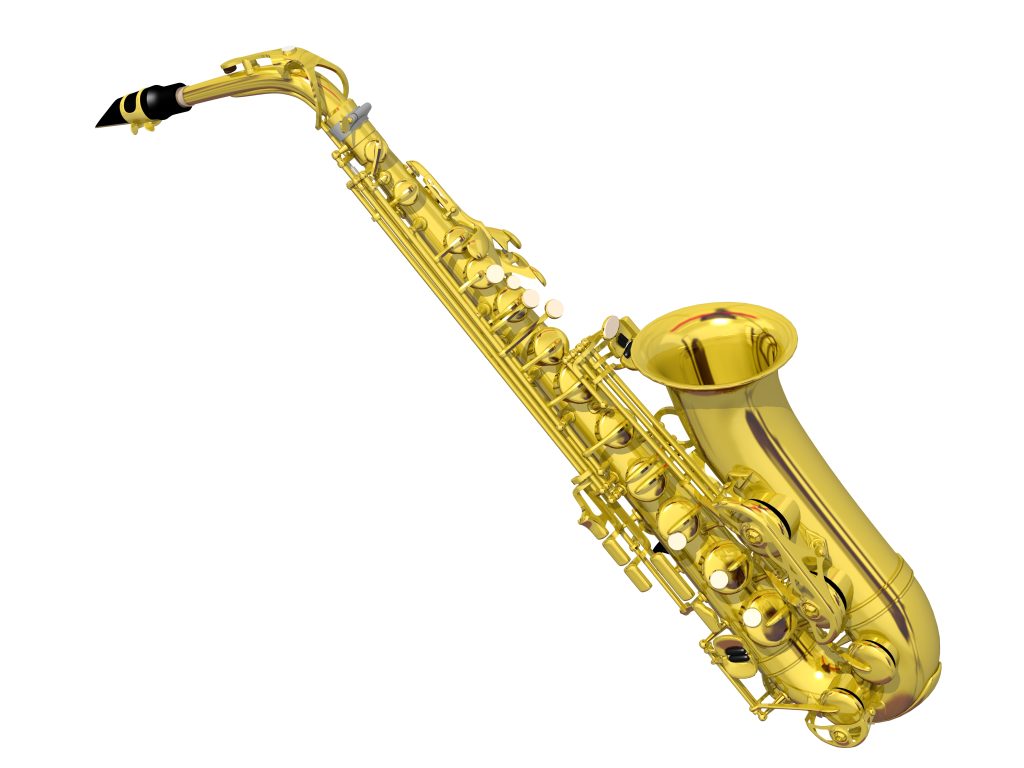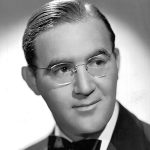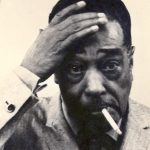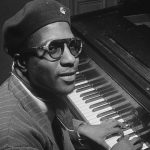
Jazz has a unique power to move the soul, whether vocals are present or not. But in this article, we focus solely on instrumentals—those wordless pieces where the expressive depth of each performer shines all the more. Here’s a curated list of timeless instrumental tracks that showcase jazz at its most compelling.
Glenn Miller "In the Mood"
Glenn Miller’s “In the Mood,” released in 1939, is one of the most iconic swing jazz pieces of all time. Composed by Joe Garland and brought to fame through the arrangement and performance of the Glenn Miller Orchestra, the song became a massive hit. Its catchy saxophone riffs and driving swing rhythm lit up dance halls across America and lifted the spirits of both soldiers and civilians during World War II. More than 80 years later, it remains a timeless classic, frequently heard in films, television, and live performances around the world.
Benny Goodman "Sing, Sing, Sing (With a Swing)"
Benny Goodman’s “Sing, Sing, Sing (With a Swing)” is a swing jazz classic composed by Louis Prima in 1936 and turned into a massive instrumental hit by the Benny Goodman Orchestra in 1937. Driven by Gene Krupa’s powerful drumming and the bold sound of the horn section, the piece became a hallmark of the big band era. Known for its extended improvisations that stretch over 14 minutes in some performances, it showcased the energy and spontaneity of jazz at its peak. The legendary 1938 Carnegie Hall performance is especially celebrated, remembered as one of the greatest live recordings in jazz history.
Duke Ellington "Take the 'A' Train"
Duke Ellington Orchestra’s Take the "A" Train is a swing jazz classic composed by Billy Strayhorn in 1941. Inspired by New York City’s subway line, the piece is characterized by its lively, sophisticated melody and infectious swing rhythm. It became the Ellington Orchestra’s signature theme and remains one of the most widely performed jazz standards around the world.
The Dave Brubeck Quartet "Take Five"
Dave Brubeck Quartet’s Take Five is a jazz classic that became a major hit in 1961, originally featured on the 1959 album Time Out. Composed by Paul Desmond, the piece is notable for its unusual 5/4 time signature, which gives it a distinctive rhythmic feel. With its catchy piano riff and memorable alto saxophone melody, it stands as a landmark of cool jazz and continues to be loved by audiences worldwide.
Miles Davis "So What"
Miles Davis’s So What is the opening track of his landmark 1959 album Kind of Blue and one of his signature works. Following an iconic bass introduction by Paul Chambers, the piece unfolds with a simple yet open theme rooted in modal jazz. The interplay between Davis’s trumpet and John Coltrane’s tenor saxophone produces some of the most memorable improvisations in jazz history, making the track a defining symbol of modern jazz.
Bill Evans "Blue in Green"
Bill Evans’s Blue in Green is a jazz ballad featured on Miles Davis’s 1959 album Kind of Blue. Its authorship has long been debated, with some crediting Davis and others attributing it to Evans. The piece is marked by a quiet, introspective mood, transparent harmonies, and Evans’s delicate piano touch. As one of the most lyrical works in modal jazz, it remains a beloved classic admired for its emotional depth and subtle beauty.
Herbie Hancock "Cantaloupe Island"
Herbie Hancock’s Cantaloupe Island is a signature jazz piece from his 1964 album Empyrean Isles. It is characterized by a simple, repeating piano riff and a funky groove, blending blues elements with a refined modal sound. Considered a forerunner of jazz-funk, the piece has remained highly influential and continues to inspire musicians across generations.
Art Blakey & the Jazz Messengers "Moanin’"
Art Blakey & The Jazz Messengers’ Moanin’ is the title track of their 1958 album and one of their signature pieces. Composed by pianist Bobby Timmons, it is distinguished by its memorable, gospel-influenced piano riff. Blakey’s powerful drumming combined with the soulful sound of the horn section creates a dynamic performance that has come to embody hard bop. The piece remains a beloved classic, cherished by jazz fans around the world.
Thelonious Monk "‘Round Midnight"
Thelonious Monk’s ’Round Midnight is one of his signature works, composed in the 1940s and regarded as one of the most famous ballads in jazz history. Its melancholic melody and distinctive harmonic progressions evoke a mood of midnight solitude and quiet reflection. Covered by countless musicians, including Miles Davis, it has become a timeless standard that continues to be performed widely.
Horace Silver "Song for My Father"
Horace Silver’s Song for My Father is the title track of his 1965 album and one of his most celebrated works. Influenced by Brazilian music, it features a light, infectious rhythm and a memorable piano riff that create a soulful and warm sound. With its approachable melody and rhythmic drive, it has become a lasting jazz standard and continues to be performed by musicians around the world.
Without lyrics, jazz speaks in textures, tones, and rhythm. These instrumentals let us hear every nuance, every breath, and every pulse of the music. Whether you're discovering jazz or revisiting familiar tunes, this list offers a dynamic journey through the genre’s purest form.










